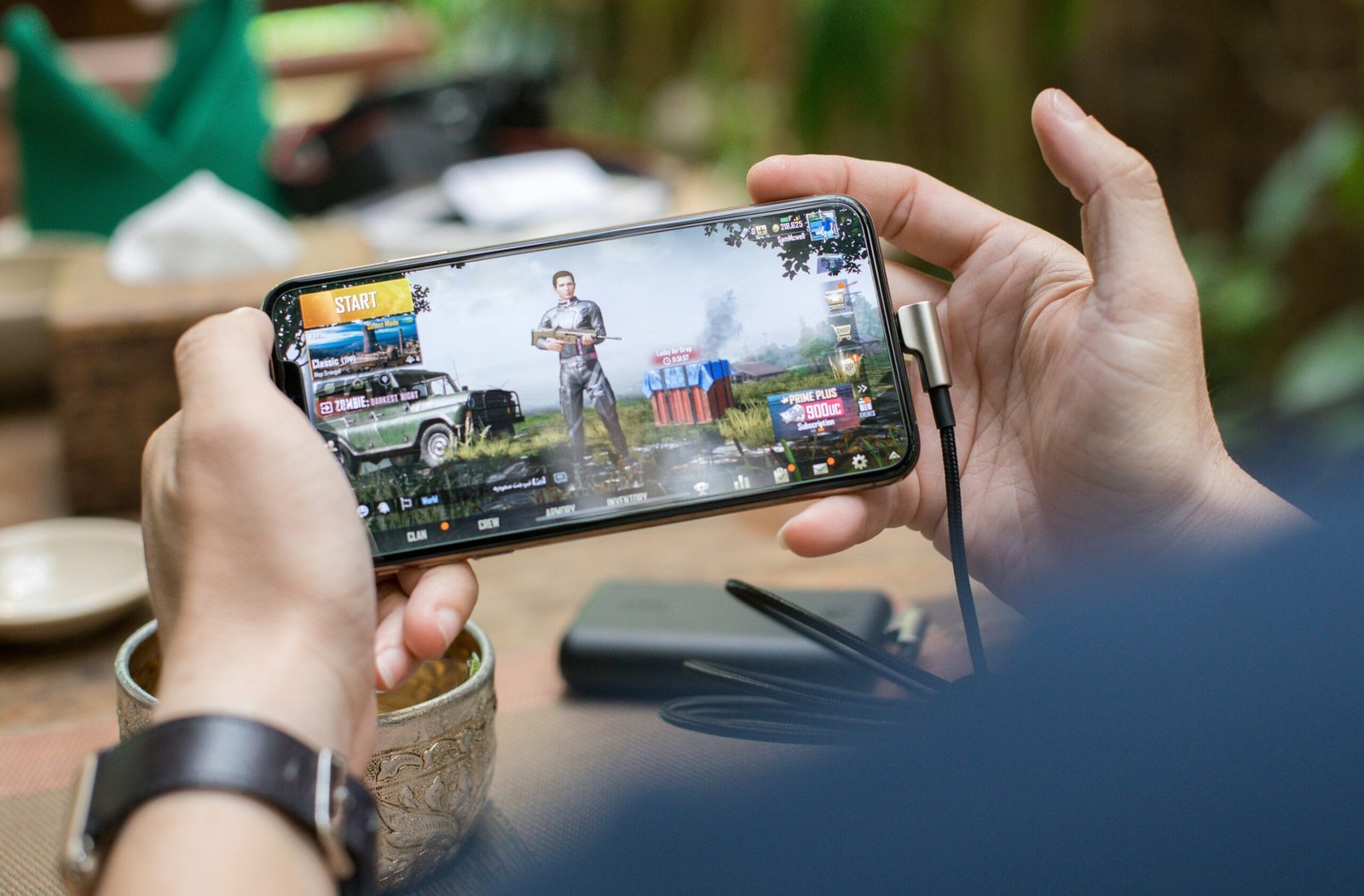Why Some Video Games Are Not Supported on Mobile Phones

Technical Limitations and Hardware Constraints
The disparity in processing power between mobile devices and traditional gaming consoles or PCs is a fundamental reason why certain video games are not supported on mobile phones. Mobile processors, while advanced, are designed with efficiency and compactness in mind, often compromising on raw power. In contrast, gaming consoles and PCs are equipped with high-performance CPUs and GPUs that can handle the complex calculations and rendering tasks required by modern video games.
Mobile GPUs, though progressively improving, still lag behind their console and PC counterparts. These GPUs must balance performance with energy efficiency, leading to constraints in rendering capabilities. High-end games demand advanced graphical features like ray tracing and high frame rates, which mobile GPUs struggle to deliver consistently without overheating or draining the battery quickly.
Storage capacity is another critical factor. High-end video games often require significant storage space, sometimes exceeding 100GB. Most mobile devices, even with expandable storage, cannot accommodate such large file sizes without impacting other functionalities. Additionally, the continuous advancements in game graphics and assets increase the storage burden further, making it impractical for mobile platforms to keep up.
Battery life is a significant concern as well. Running high-end games on a mobile device can rapidly deplete the battery, leading to a poor user experience. Unlike gaming consoles and PCs, which are typically plugged into a power source during use, mobile phones rely on battery power, making it challenging to sustain intensive gaming sessions.
Furthermore, the absence of advanced cooling systems in mobile devices restricts their ability to manage the heat generated by prolonged gaming. Overheating can lead to thermal throttling, where the device reduces its performance to cool down, adversely affecting gameplay quality and stability.
Software limitations also play a role. The difference in operating systems between mobile platforms and traditional gaming systems adds an extra layer of complexity. Porting a game from a console or PC to a mobile platform is not straightforward and requires significant adjustments to the codebase to ensure compatibility and performance. This process is often resource-intensive and may not be feasible for all games, particularly those with intricate mechanics and high graphical demands.
Gameplay Experience and User Interface Challenges
When examining the challenges of supporting video games on mobile phones, one of the primary considerations is the gameplay experience and user interface. Certain game genres, such as first-person shooters (FPS) and real-time strategy (RTS) games, inherently require a level of precision and control that is challenging to achieve on a touchscreen interface. The tactile feedback and physical buttons available on traditional gaming platforms like consoles and PCs provide a level of responsiveness that touchscreens simply cannot match.
Screen size and resolution limitations further complicate the adaptation of these games for mobile devices. Mobile screens are significantly smaller than those of traditional gaming setups, which can impact the visual quality and overall immersion of the game. High-resolution graphics and detailed environments may not translate well to smaller screens, potentially diminishing the player’s experience. Additionally, the reduced screen space makes it difficult to display all necessary game information, such as maps, health bars, and control buttons, without cluttering the interface.
The absence of physical buttons necessitates the use of virtual controls, which can lead to a less intuitive and responsive gaming experience. Virtual joysticks and buttons often occupy valuable screen real estate and can obscure important game elements. Moreover, these virtual controls lack the tactile feedback that helps players make precise movements and actions, which can be particularly detrimental in fast-paced game genres like FPS and RTS.
Furthermore, user expectations and gaming habits on mobile devices differ significantly from those on other platforms. Mobile gamers often seek quick, casual gaming experiences that can be enjoyed in short bursts, which contrasts with the more immersive and time-consuming nature of many console and PC games. This difference in user behavior influences the types of games that are feasible for mobile development, with developers often opting for simpler, more accessible game designs that align with mobile gaming habits.
In conclusion, the gameplay experience and user interface challenges posed by mobile phones are significant factors in why some video games are not supported on these devices. The need for precise controls, the limitations of screen size and resolution, the reliance on virtual controls, and differing user expectations all contribute to the complexities of translating certain game genres to mobile platforms.



